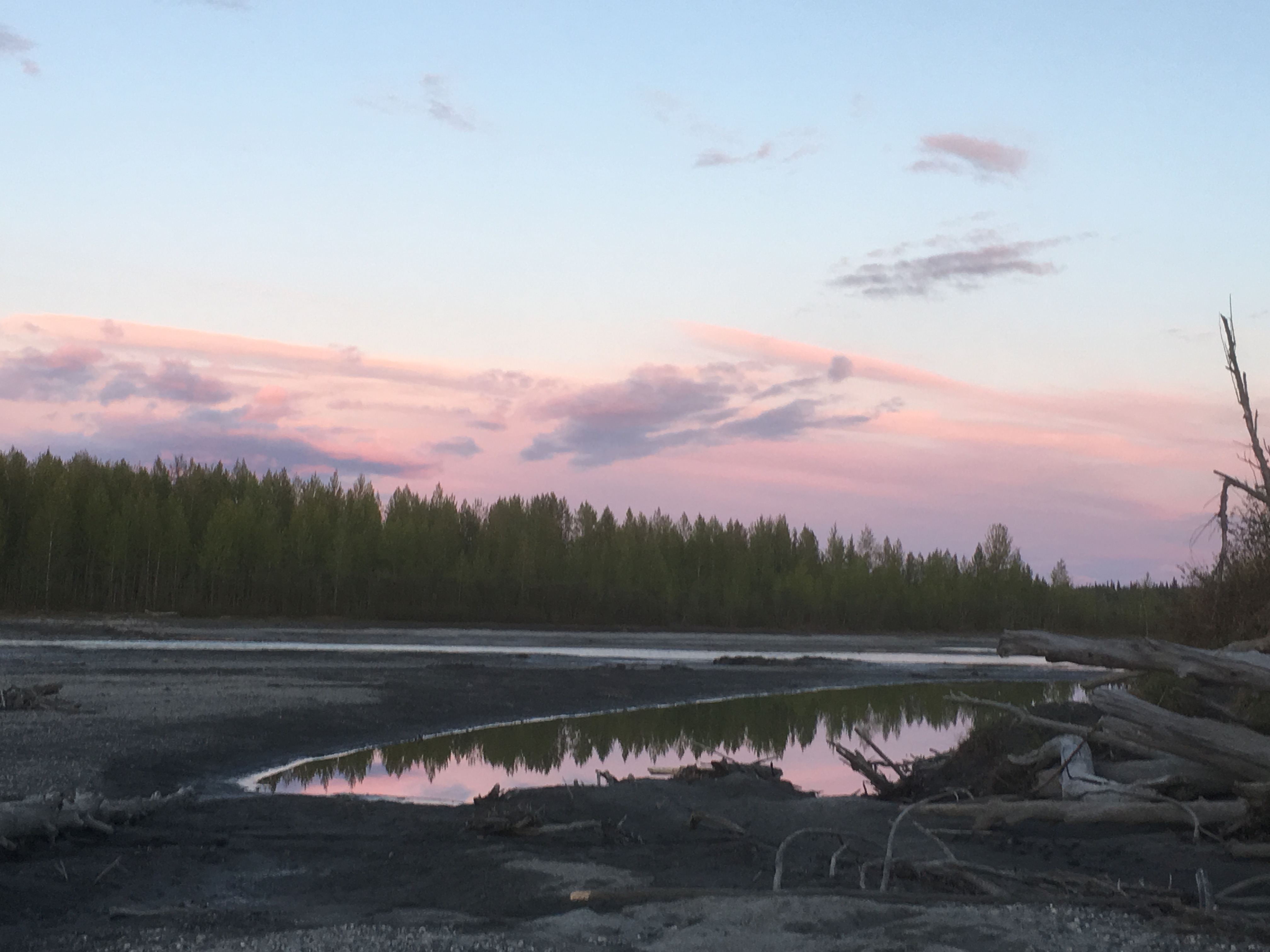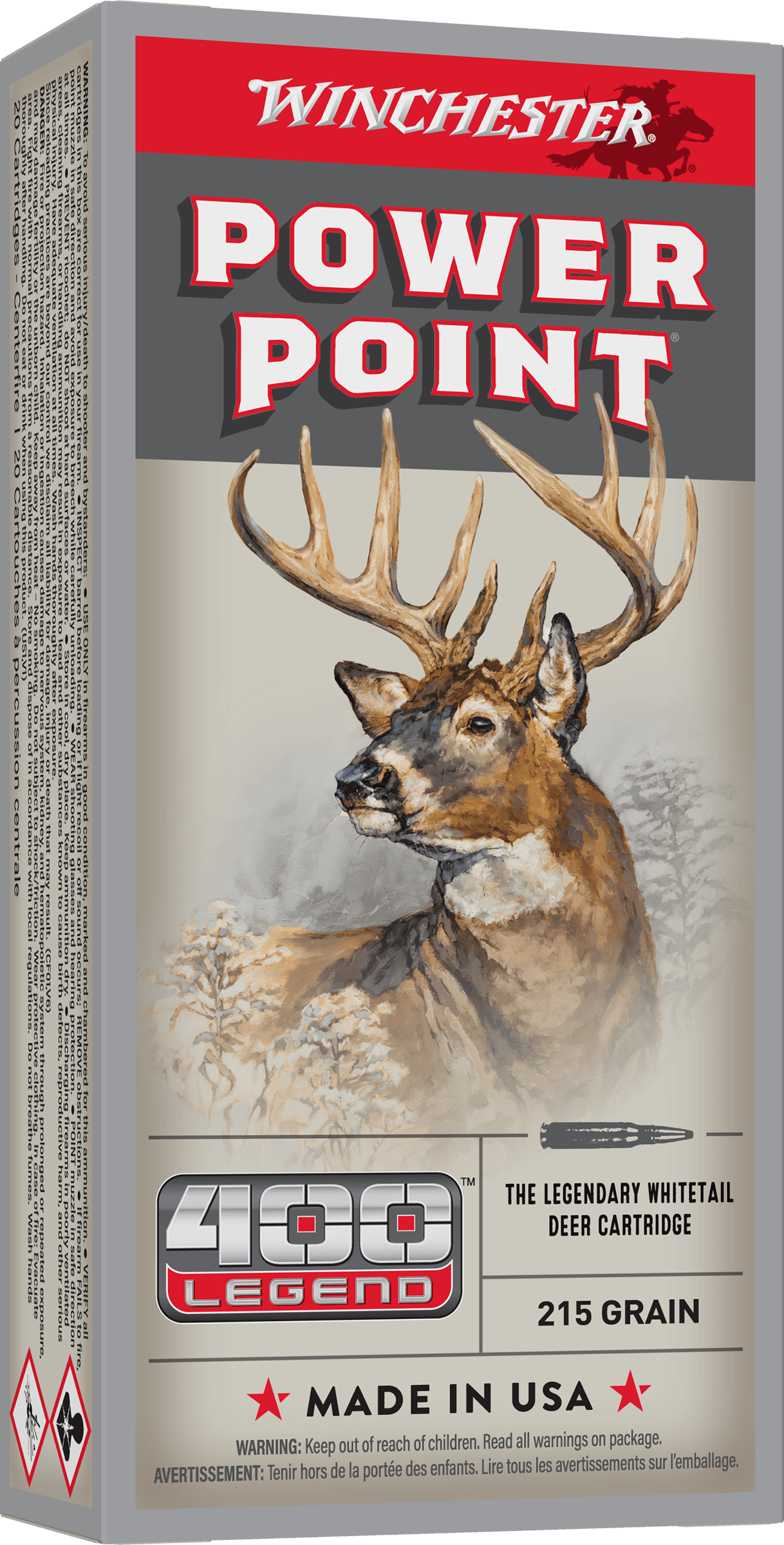The Importance of Predator Management
By Austin Manelick
“Monster grizzly bear running full speed, moving from right to left,” I said to my friend as we scanned a mountain side for spring bears. With the animal moving that fast, it was hard to put him in the scope. I finally located the bear by estimating his path along the alder-infested mountain and waited for him to enter my view. In trots a half-grown bull moose with Louisville Slugger brown bats growing out of his head. We assess the situation and decide that the moose being chased by the bear would be long gone before we could catch up.
This is spring bear hunting; the bears roll out of the den and start looking for food. First they head for grass, then they move on to items with more sustenance such as red meat. According to Alaska Department of Fish and Game (ADF&G), predators kill up to 70-80 percent of moose and caribou that die each year — far more than any two-legged hunters take. As Alaskans, we rely on putting moose and caribou in the freezer.
If you spend enough time in the field pursuing wild game in Alaska, you will see fascinating occurrences that happen regularly. Wolves chasing sheep to the edges of cliffs in hopes that they will be able to pick up a meal at the bottom. Grizzly bears with a select appetite for freshly dropped calves, walking from one mother moose to the next, not bothering to kill an adult, just picking up the freshly born defenseless ones. Seeing a grizzly bear, that came out of hibernation earlier than his competitor, lying on top of a lifeless black bear in the snow. The most emotional thing I’ve seen while flying to a bear hunt on the Alaska Peninsula was a mother bear chasing after a gigantic brown bear boar, running with a limp cub in his mouth. The sights seen in nature can be heavy.
These events remind me of the part I play in managing predators. Do I need more bear hides and skulls on my wall or to hang across my bannister? The answer is not really, according to my wife. But do I like to have some black bear chorizo meat in my freezer? Absolutely. My wife agrees that I’m the head cook of the house. Bear, when cooked properly, can be some of the most delicious meat you’ll ever eat. There are many reasons to hunt the different populations of bears in Alaska. Brown, grizzly and black bears are abundant throughout the state.
Predator management is different than predator control. Predator management strategies involve hunters taking bears on harvest tickets across the state. This keeps the number of bears in check and provides long-term sustainability for populations of predators and prey. Predator control is different — it is not hunting. Predator control is implemented by the Board of Game (BOG) when ADF&G biologists suggested management objectives are not being met. The BOG is the regulating body that sets and changes regulations across the state of Alaska. I will refer to the Understand Predator Management in Alaska booklet, created by ADF&G, to help paint the full picture of why I bear hunt in Alaska. https://www.adfg.alaska.gov/static/research/programs/intensivemanagement/pdfs/predator_booklet.pdf
According to Alaska Department of Fish and Game, “The Board adopts regulations to conserve and develop the state’s wildlife resources and allocates uses of those resources. Using a well-established public process, the Board promulgates hunting, trapping and other wildlife regulations, including predator management directives.”
The Alaska Constitution charges the state government with managing Alaska’s fish and wildlife resources on the sustained yield principle. That is, long-term harvest rates should not exceed regeneration. This principle ensures wildlife is maintained in perpetuity at sustainable levels.
In 1994, the Alaska State Legislature enacted the “Intensive Management Law,” requiring the BOG to designate areas where human consumptive use is the highest-priority use of wildlife, and then set prey population and harvest objectives for these areas. If management objectives are not met, the BOG must consider intensive management actions, including reducing or eliminating nonresident hunting, reducing or eliminating resident hunting, liberalizing hunting and trapping regulations for wolves and bears, and implementing habitat improvement projects (primarily prescribed fires).
If these actions do not or are unlikely to result in higher levels of prey for food for people and predation is the key limiting factor, the BOG may consider predator control. Predator control measures are proposed by the public or ADF&G, evaluated by ADF&G, and considered by the BOG. If adopted, programs are designed by ADF&G and conducted by ADF&G staff, specially permitted members of the public, or a combination of both. Not all public proposals for predator control are approved for implementation. In fact, historically, more have been rejected than approved.
This entire booklet is a better read than this article if you’re into nerding out on animal conservation like I am. Basically, to boil bear/predator hunting down, it’s about conservation and sustainable yield management practices. Bears are managed to keep them from competing for human food resources. Keeping the bear numbers in check helps moose and caribou grow for human consumptive use. That being said, bear hunting is a thrill-seeking, freezer-filling, adventure-chasing good time. There are many personal reasons I hunt bears, both to kill them to help prey populations such as moose and caribou and to also fill the family freezer, and it’s something my family will do for the rest of our lives as long as the State of Alaska supports the endeavor.



